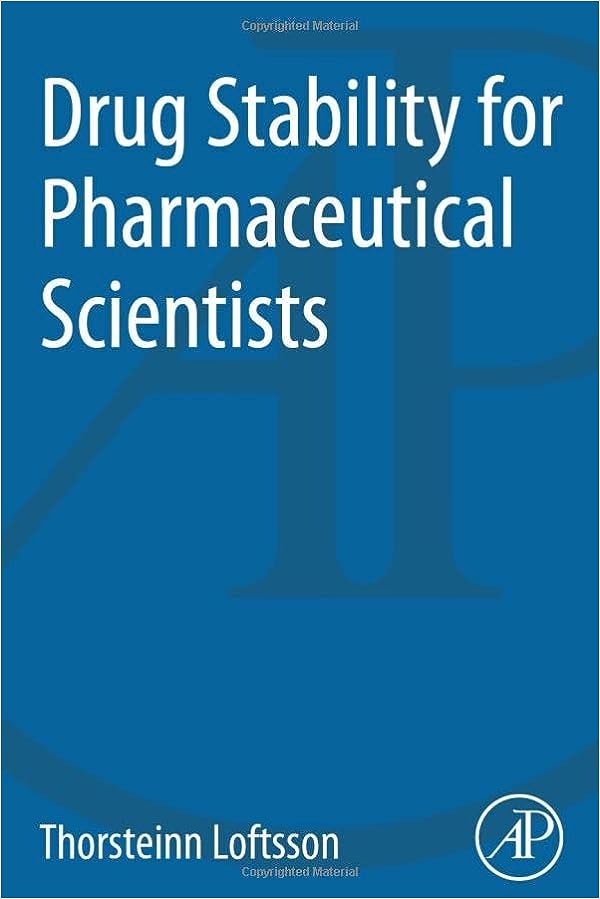Understanding EMA Stability Guidelines for the European Market
Introduction
Stability testing is a fundamental aspect of pharmaceutical development, ensuring that drugs remain safe, effective, and of high quality throughout their shelf life. In Europe, the European Medicines Agency (EMA) has established stringent stability guidelines to regulate drug approvals and market entry. These guidelines align with international standards, such as the ICH stability guidelines, while addressing specific European market requirements. This article explores the EMA stability guidelines, their application in product development, and their role in navigating the complex European regulatory landscape.
Overview of EMA Stability Guidelines
The EMA
EMA guidelines are harmonized with the ICH Q1A(R2) standards, making them globally relevant. However, they also include region-specific requirements that reflect Europe’s unique regulatory environment and diverse climatic conditions.
Core Components of EMA Stability Guidelines
1. Types of Stability Testing
EMA guidelines mandate various stability studies to assess the behavior of pharmaceutical products under different conditions:
- Long-Term Stability Testing: Conducted under recommended storage conditions to evaluate a product’s shelf life.
- Accelerated Stability Testing: Performed at elevated temperature and humidity to simulate long-term conditions in a shorter timeframe.
- Intermediate Stability Testing: Provides additional data when significant changes are observed during accelerated testing.
- Photostability Testing: Determines the impact of light exposure on drug stability, as per ICH Q1B.
2. Climatic Zones and Storage Conditions
Europe falls into Climatic Zone II, characterized by temperate conditions with moderate humidity. EMA stability guidelines specify storage conditions based on this classification:
- Long-Term Testing: 25°C ± 2°C / 60% RH ± 5% RH
- Accelerated Testing: 40°C ± 2°C / 75% RH ± 5% RH
- Intermediate Testing: 30°C ± 2°C / 65% RH ± 5% RH (if applicable)
These conditions ensure that stability data accurately reflects real-world storage and usage scenarios in European markets.
3. Time Points for Sampling
Sampling intervals are critical for generating reliable stability data. EMA guidelines recommend the following time points:
- Long-Term Studies: 0, 3, 6, 9, 12 months, and annually thereafter.
- Accelerated Studies: 0, 3, and 6 months.
The data collected at these intervals helps determine the shelf life and storage conditions for pharmaceutical products.
Impact of EMA Stability Guidelines on Pharmaceutical Development
EMA stability guidelines influence multiple aspects of pharmaceutical development:
1. Formulation Optimization
Stability testing data guides the selection of ingredients and excipients, helping formulators create robust formulations that withstand environmental variations.
2. Packaging Design
Stability studies evaluate the interaction between drug products and packaging materials. For instance, photostability testing may reveal the need for UV-protective or opaque packaging to safeguard light-sensitive medications.
3. Regulatory Submissions
Comprehensive stability data is essential for obtaining EMA approval. It demonstrates that the product meets quality standards throughout its shelf life, ensuring compliance with European regulations.
4. Shelf Life Determination
EMA stability guidelines provide a scientific basis for determining expiration dates and recommended storage conditions, ensuring product quality for end-users.
Challenges in Implementing EMA Stability Guidelines
Adhering to EMA stability guidelines can be challenging due to:
- Complex Regulatory Requirements: Manufacturers must address both EMA and local member state regulations.
- High Costs: Stability testing requires significant investment in equipment, facilities, and resources.
- Data Management: Handling large volumes of stability data across multiple time points and conditions can be complex.
Best Practices for Compliance
To ensure smooth compliance with EMA stability guidelines, manufacturers should adopt the following practices:
- Invest in Technology: Use advanced stability software for pharmaceuticals to streamline data management and reporting.
- Train Personnel: Educate staff on EMA requirements and analytical methodologies to ensure accuracy and efficiency.
- Validate Equipment: Regularly calibrate stability chambers to maintain precise storage conditions.
- Engage with Regulators: Maintain open communication with EMA representatives to address any queries or concerns during the submission process.
Emerging Trends in Stability Testing for the European Market
Technological advancements and evolving regulations are reshaping stability testing in Europe:
- Predictive Modeling: Advanced analytics and machine learning are being used to forecast stability trends, reducing the need for extended studies.
- Automation: Robotic systems are improving efficiency and accuracy in stability testing processes.
- Digital Transformation: EMA encourages the use of electronic systems for stability data management and regulatory submissions.
- Focus on Sustainability: Eco-friendly packaging and streamlined testing protocols are gaining traction, aligning with Europe’s green initiatives.
Conclusion
EMA stability guidelines provide a robust framework for ensuring the quality and safety of pharmaceutical products in the European market. By aligning with international standards and addressing region-specific requirements, these guidelines streamline regulatory processes while maintaining high-quality standards. For pharmaceutical companies, understanding and adhering to EMA stability guidelines is essential for successful market entry and long-term compliance. With the integration of advanced technologies and sustainable practices, stability testing is becoming more efficient, supporting innovation and patient safety across Europe.
